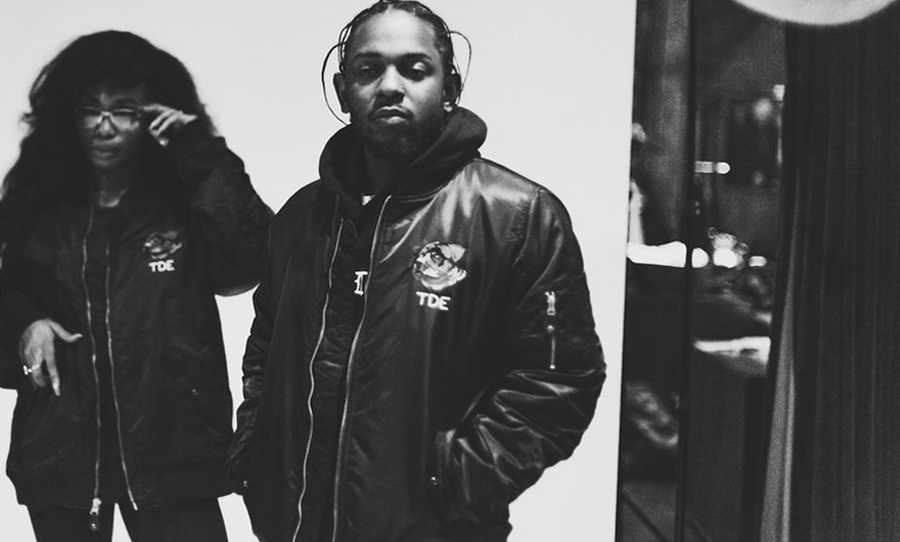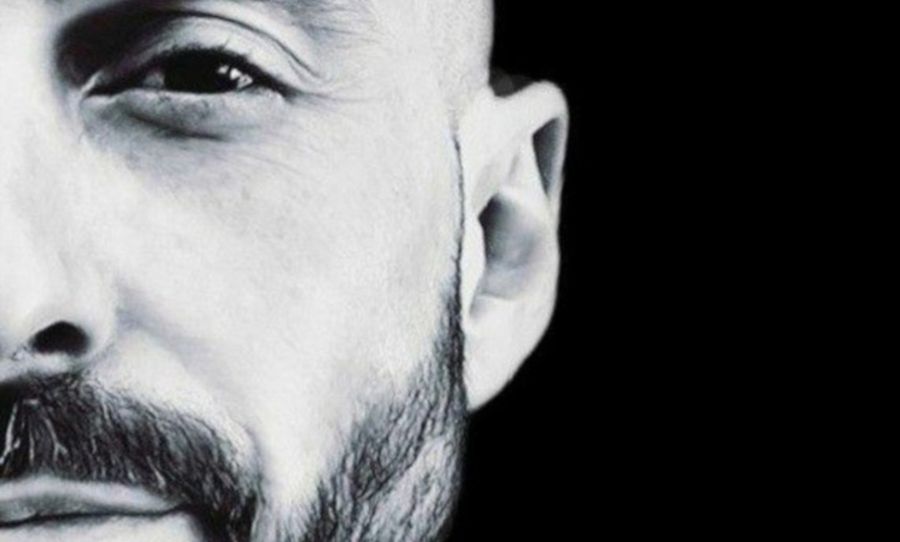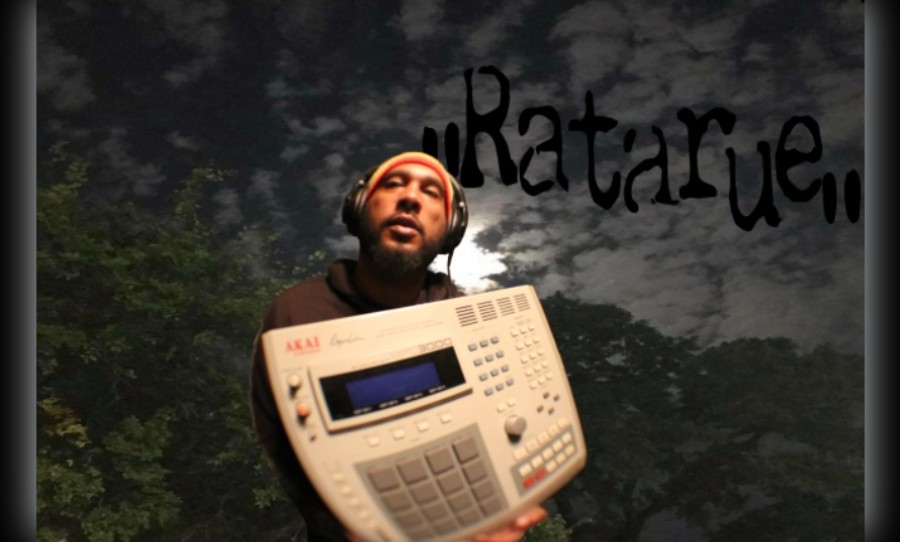From subtractive EQ to circular signal chains, we look at how Kendrick Lamar and SZA’s Black Panther theme All the Stars epitomises present-day hip-hop production.
Black Panther has garnered widespread acclaim for its vision of modern pan-Africanism – a vision that’s served justice equally by the original soundtrack, produced and curated by Kendrick Lamar. It also serves as an object lesson in modern hip-hop production.
As the Black Panther soundtrack’s lead single, All the Stars – Lamar’s collab with Top Dawg Entertainment label-mate SZA (aka Solána Imani Rowe) – is a specimen of ethereal moodiness and ultra-modern production that encapsulates the record; it combines the voices of two different producers, two distinct vocalists, and altogether five songwriters to create something of an unlikely Billboard Top 10 hit, made into a cohesive sonic whole by tireless engineer Matt Schaeffer.

Sowing The Seeds
In 2017, director Ryan Coogler handpicked Lamar to provide the tie-in music for the long-awaited filmic representation of the iconic Marvel comic superhero known as Black Panther. But the seeds to the project were arguably sown several years earlier.
After breaking out with major-label debut Good Kid, M.A.A.D City, Lamar took his first ever trip to South Africa in 2014, a profound experience that inspired his subsequent work — and essentially set him up to take on the task of producing Black Panther’s soundtrack.
For Coogler’s part, he’d been a fan of Lamar since the rapper’s mixtape days and tracked the man down to float the idea of collaborating – a dream that eventually came to fruition years later with Black Panther.
Getting Underway
Songwriting got underway during Lamar’s U.S. DAMN tour, an intensive two months during which he and leading Top Dawg producer Mark “Sounwave” Spears crafted half of the soundtrack’s material, which was then recorded from September of 2017 to January 2018 with a host of collaborators across 13 different studios.
The final product rings true to Lamar and Sounwave’s mission for the soundtrack, which was to make it sound as slick and relevant as their combined powers would allow. As Sounwave himself expressed to NPR, “The movie’s not set in 1910, or the 1960s when Black Panther first came out — it’s set in today. There’s ‘today’ moments happening in the movie, so we want the whole soundtrack to sound like that too.”
Most of the production work took place in California at Windmark Recording or Interscope Studios, where Schaeffer set up shop with his Pro Tools for the recording and mixing process (or, often, mixing while tracking process), almost every day for five months.
It was, as Schaeffer recalled for Sound on Sound, a fluid creative process: “The tracks, including the vocals, are always a moving target with Kendrick. He’s constantly changing things. The tempos are changing all the time, we reorganise song structures repeatedly… It’s continuously changing until it’s done, and during mixing and even mastering we sometimes end up overdubbing things.”
Crafting The Beats
All the Stars started with a synth loop made by British producer Al “Shux” Shuckburgh, around which Sounwave then built a beat; likewise, these elements were where mixing also began.
(Sidenote: A crucial step in Schaeffer’s process actually occurs prior to mixing, when he takes down the levels of all clips by 18dB, a practice that enables more volume space for the master – and, as a bonus, extracts more clarity out of the drums.)
Schaeffer’s modus operandi during mixing was to show no mercy with the EQ, eliminating all unnecessary frequencies, which is exemplified by the processing of Sounwave’s main kick: the FabFilter Pro-Q 2 was used to cut everything above 500Hz. Meanwhile, a boost around 40Hz, and use of the SPL Transient Designer to reduce sustain, made the kick as punchy as possible.
To that same purpose, bass was strategically subtracted from other sounds – such as reverb plug-ins – preventing dirty clashing of low ends and ultimately achieving that precise, full-bodied beat that kicks off from the first second of the single.
All beats were finally sent to a submix starring the Waves NLS in EMI mode (while working almost completely “in the box” allows more flexibility, the one downside is a lack of natural “dirt” in programmed sounds, which is why plug-ins like the NLS have been embraced by industry professionals to emulate vintage analogue mixing consoles).
For Schaffer, the greatest challenge of mixing drums, perhaps, was wrestling with Sounwave’s innumerable “Untitled” tracks. “Yes, Sounwave tends to call all his tracks ‘untitled’, which can be confusing,” he said. “You have to be able to stay organised when you’re not given titles.”
Filling Out The Top End
High end in All the Stars, meanwhile, is the domain of violins, performed by a violinist known as Ezinma who, along with Sounwave, arranged the strings. Schaeffer opened up a separate Pro Tools session to record the violin – which was done using a Telefunken ELA M251 – and dubbed the recordings as stems into the main session, a process that spared him from juggling several billion more tracks in one window.
Once that was done, all violin audio tracks were sent to a singular submix aux, where the Pro Q-2 was once again utilised to cut around 500Hz – to prevent strings from clashing with vocals – while the EQ III 7-band joined in to cut low end around 100Hz (it’s Schaeffer’s custom to use more than one EQ in one signal chain, in service of drawing or cutting out all the right frequencies).
Processing Vocals
Mixing of vocals was the most complex of all elements, mainly thanks to the futuristic robot voice Lamar specifically wanted for the song’s pre-hook (fittingly enough for something off the soundtrack to a cinematic slice of Afro-futurism).
For this, Schaeffer formulated a signal chain convoluted enough to make one’s head spin: of the ten tracks dedicated to the pre-hook, four of these (with six insert plug-ins) were sent to a “Hook Ref” aux track (which has four plug-ins on its own inserts); the other six pre-hook tracks were backing vocals for the first four tracks, and were sent to a “Hook Background” aux track (with seven insert plug-ins); said background aux is also sent to the “Hook Ref” track, along with two other aux tracks – one of which, too, is sent to “Hook Ref”.
For all that labyrinthine configuring, the distinct robot voice was mostly the work of two plug-ins: the iZotope Vocal Synth, for that vocoder sound, and the Soundtoys Little AlterBoy on lead vocals for pitch-shifting up and down an octave.
Putting It All Together
The final mix session for All the Stars consisted of over 80 tracks: a mix print track, a bus track, a submix for beats, six Al Shux production audios, 17 Sounwave audios, 17 violin audio and related tracks, 16 SZA vocal audio and related tracks, 12 Lamar vocal audio and related tracks, and 14 aux effects tracks.
After all of the above detailing, final mix treatments for the song were simple. Vocal tracks were sent to one bus track (with UAD compression and EQ), beats to their respective submix, and both tracks to the first print track. Absent from the final mix were plug-ins to boost volume (Schaeffer:“I don’t worry about making it loud while I mix”) – that was instead the concern of Mike Bozzi of Bernie Grundman Mastering.
The end product is deceptively simple: Schaeffer micro-zoomed in on every component, but purely in service of the big picture, created something as slick and seamless as modern-day rap and R&B demands.



